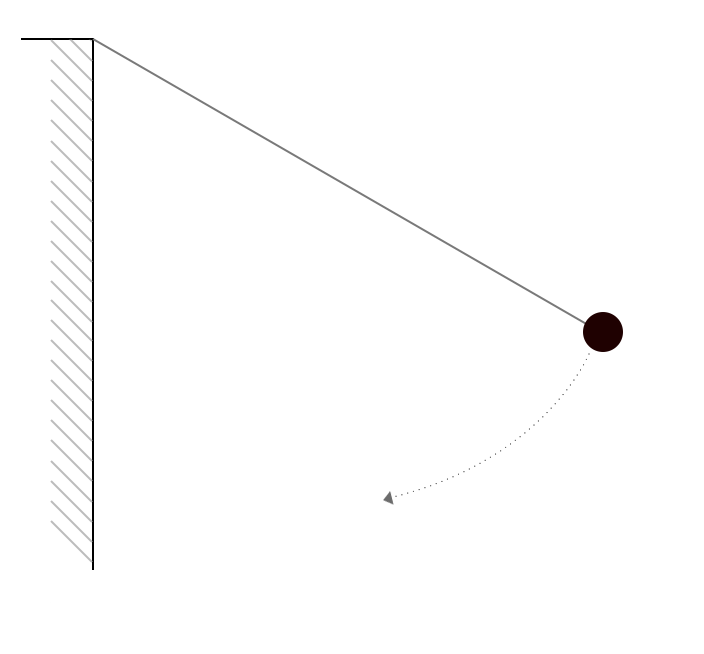Answer the question
In order to leave comments, you need to log in
How to find the speed of a body in a collision with a wall, starting at an angle at a certain distance?
The task is apparently elementary, and for people who know physics, it will not be difficult to solve it.
Known: Body weight (if it matters at all, but as far as I know, in this case it doesn’t matter) - 250 kg, angle - 30 °, cable length - 50 meters. 
First of all, we are interested in the speed of the body at which it will collide with the wall. Impact strength.
The task can be imagined as: an agent of a special SWAT unit (someone), moved from one roof to another, along a cable. At some point, the cable broke.
It may sound silly, but I'm wondering what kind of data can be obtained in general.
Also, on the topic: please tell me what materials are worth reading (and where) in physics and other interesting sciences that can be used in real life. (During my school years, I did something completely different from what I should have done.)
Answer the question
In order to leave comments, you need to log in
At the starting point of movement, all energy is potential. Calculated as m*g*h. h, if I'm not confused, will be expressed as l * (1-cos (pi / 6)), where l is the length of the rope.
At the moment of collision, all potential energy will be converted into kinetic energy. Which is {mv^2}/2. Accordingly, it is necessary to equate the kinetic energy to the potential energy and express the speed from the resulting equation. The result will be something like v=sqrt{2*g*l*(1-cos(pi/6))}.
With the force of impact, Newton will help with his second law.
Air resistance does not need to be taken into account. Otherwise, it is also necessary to take into account the tension of the cable and even where your special agent is at the moment, since g is different everywhere. Moreover, one can recall the existence of relativistic mechanics and use it too. It is to simplify the calculations that models have been invented in which factors that are insignificant in the simulated situations are omitted.
Read physics textbooks. Consistently. It can be different, but thoughtfully.
Didn't find what you were looking for?
Ask your questionAsk a Question
731 491 924 answers to any question